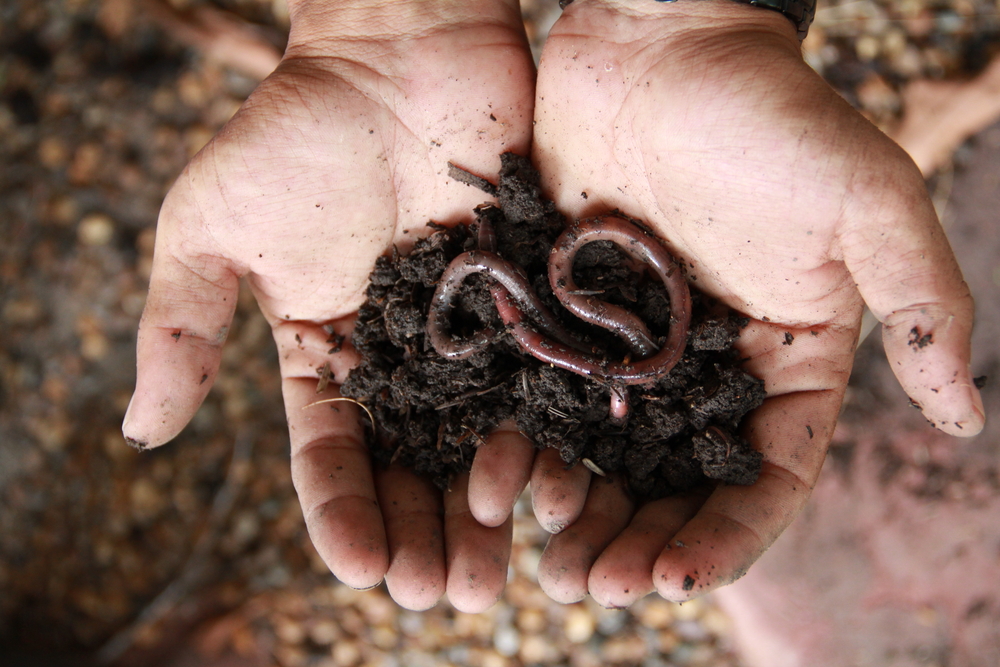See This Report about North Carolina Worms
See This Report about North Carolina Worms
Blog Article
Some Known Details About North Carolina Worms
Table of ContentsThe North Carolina Worms PDFsNorth Carolina Worms - QuestionsHow North Carolina Worms can Save You Time, Stress, and Money.Examine This Report about North Carolina Worms
Instance: 1-gallon of worm spreadings to 4 gallons of potting mix. 1/2 cup in the base of the planting hole for smaller sized plants. 1 cup for larger plants.
The enhancement of tea can likewise add raised microbial biomass to your soil. You can constantly side-dress your plants with worm spreadings any time. Simply keep in mind, the microorganisms will certainly pass away if exposed to UV rays (Sunlight), so make sure to cover the spreadings with an inch or two of soil.
This frustrated them for many years till the screening methods came to be better. They located that plant growth and wellness displayed a Bell Curve. It would improve(with even more castings), degree off, and then decrease. They were baffled. They lastly uncovered that excess plant-growth hormones were the wrongdoer. Way too many worm castings would certainly accelerate the growth to a rate that the plant could not recuperate from.
North Carolina Worms Things To Know Before You Get This
I have clarified the virtues of worm spreadings for about 2000 words. Worm castings are no different. It takes time to create top quality worm spreadings.
Worm castings certainly set you back more than chemical plant foods. Worm castings are on the cheaper end of natural fertilizers. (50 gallons per year) It is a much harder and really costly financial investment to create large quantities of worm castings.

In fact, creating a healthy and balanced soil may be the best advantage of worm castings. Healthy dirt was talked about and how vital this has actually become to everyone. The top ten advantages of worm castings were additionally provided. We discussed worm spreadings NPK and also the correct nutrient analysis that need to apply to worm spreadings.
Some Known Factual Statements About North Carolina Worms
We spoke regarding some of the downsides connected with worm spreadings. I covered a great deal of product in this post.
The upright burrows are commonly open, although the worms cover the leading with residue and excrement. Origins require oxygen for their growth, whereas they create carbon dioxide that needs to leave the dirt.
Earthworms raise porosity by 2 systems: (1) by creating permanent burrows, and (2) by boosting dirt aggregation. Aggregation is boosted by the blending of soil and natural issue in the earthworms' digestive tracts. Lenoir NC Worms For Sale. These highly steady aggregates are transferred by some earthworms in their burrows, and by others at the surface of the soil


In an additional study, earthworms were estimated to take in 4 to 10 percent of the top 6 inches of the dirt each year. This only goes to show the huge quantities of dirt that can be refined by earthworms. Dirt compaction reduces the porosity of the soil. Because earthworms enhance porosity, they minimize the results of compaction.
What Does North Carolina Worms Mean?
Common earthworm populations can easily eat 2 bunches of completely dry matter per acre per year, partly absorbing and mixing it with soil. The relevance of earthworms to blend surface deposit with dirt ends up being very clear in dirts that do not have any type of earthworms. Most of our Pennsylvania dirts have at least some earthworms, and the result of their total absence, consequently, can not be kept in mind.
(https://atlanta.bubblelife.com/users/northcarolin_c82731)In these dirts, the development of topsoil with practical natural issue web content did not happen, causing inadequate plant development. As soon as the reason was developed, the federal government of the Netherlands began a project to present earthworms. After the intro of the earthworms, a dark topsoil layer was created, and crop growth increased substantially.
They live mainly from partially decayed raw material that is currently incorporated in the soil. They eat their way through the dirt, developing straight burrows that they full of their waste matter. These types ingest large quantities of dirt that they combine with digested crop deposit in their intestines. or anecic types reside in permanent upright burrows that can be 5 or 6 feet deep.
These varieties ingest substantial quantities of soil that they blend with digested deposit in their guts. Their waste matter is mainly transferred at the surface of the dirt.
Report this page